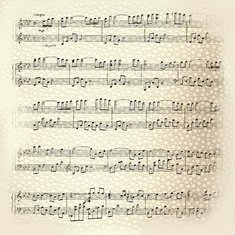Featured Quizzes
User Quizzes
Create Quiz
Data and Charts
Badges and Games
About JetPunk
JetPunk Shop
Dark Mode

Ultimate Music Terms Quiz
Given by the definition, name all the musical terms!
Some of these come from the "Musical Direction Words Quiz" by Quizmaster.
These are US terms rather than UK terms, but I still try to be lenient with type-ins.
Rate:
Last updated: January 4, 2019
You have not attempted this quiz yet.
More quiz info >>
| First submitted | November 2, 2018 |
| Times taken | 80 |
| Average score | 54.5% | Report this quiz | Report |
12:00
Enter term here
0
/ 55 guessed
Time Used
00:00
Best Time
00:00
The quiz is paused. You have remaining.
Scoring
You scored / = %
This beats or equals
% of test takers
also scored 100%
The average score is
Your high score is
Your fastest time is
Keep scrolling down for answers and more stats ...
|
|
New and Popular
Save Your Progress
Ultimate Quizzes
Quiz series by xXSeanCuber22Xx
...
Copyright H Brothers Inc, 2008–2024
Contact Us | Go To Top | View Mobile Site

A couple of corrections- 8th notes receive 1/2 beat, not 1/8th. 16th notes receive 1/4 beat (in common time). The reason they are called by those fractions is because it takes 8 8th notes to equal a whole note, and 16 16th notes to equal a whole note. All of the divisions (half, quarter, eighth, sixteenth) are named by their relation to a whole note.
Grateful to find your quizzes. Thanks.